In 2021, I co-founded the company ‘Bunker Digital’ along with Krystian Guevara and Ariel Lorenzo-Luaces. One of the first large projects we landed was client-side supervision on Netlfix’s live action remake of ‘Avatar: The Last Airbender’

I was bought on to the project only a few weeks before principle photography, with many of the virtual environments not yet optimised for shooting. My role was to work with the external vendors, my team at Bunker Digital, and the stage operations team from PXO to make sure each environment was as polished as it could be for the volume, given the available time and technology.


Some ‘Wolf cove’ shots were more successful than others, but in the end the VP environment was just used for lighting, and to give the actors a sense of place – the entire background was replaced in post by ILP

Thanks for Netflix and Bunker Digital for permission to show these images – all captured in camera on the LED volume in Vancouver before any VFX augmentation or replacement.


The on-set backgrounds for the Appa flying sequences were created by Mold3D and Bunker. True volumetrics were too expensive to render in realtime (this was UE 4.27), so the system was sprite based. There’s some more information on the 4-point lighting setup in the ‘techart‘ section. All backgrounds replaced in post.




The bulk of the virtual production environments were used as reference, and replaced in VFX. My work finished as soon as principle photography did, so I’m having to make some guesses as to what remains in the final image. Happy to correct any mistakes – definitely don’t want to take credit for any work done (or redone) by another vendor!


Background DMP for the sky and mountains surrounding Omashu, based on renders from DNEG
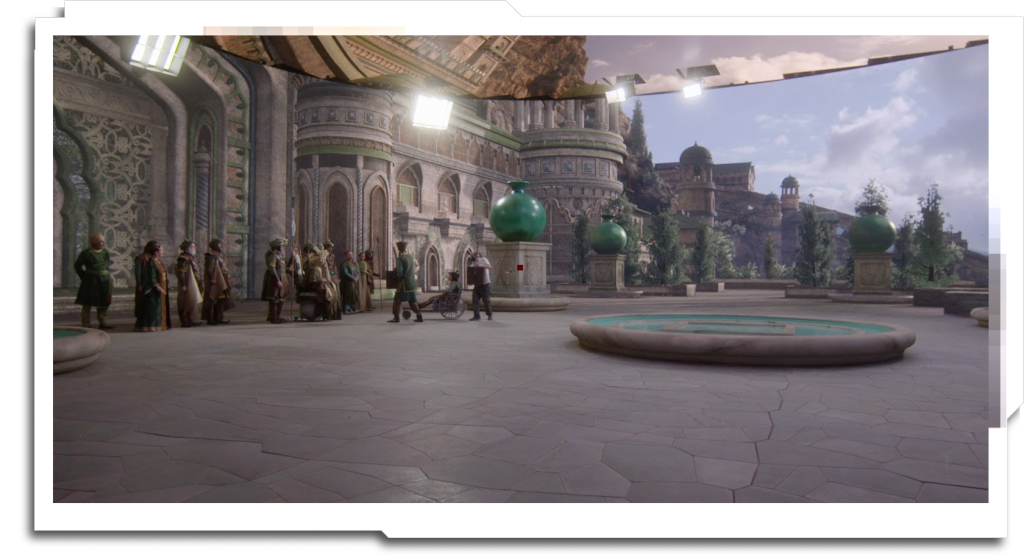
Opimisation and shader work (particularly on the vegetation) for the Omashu Palace environment. See the ‘techart‘ section for more information on the technique. Main build done by Dimension Studios.
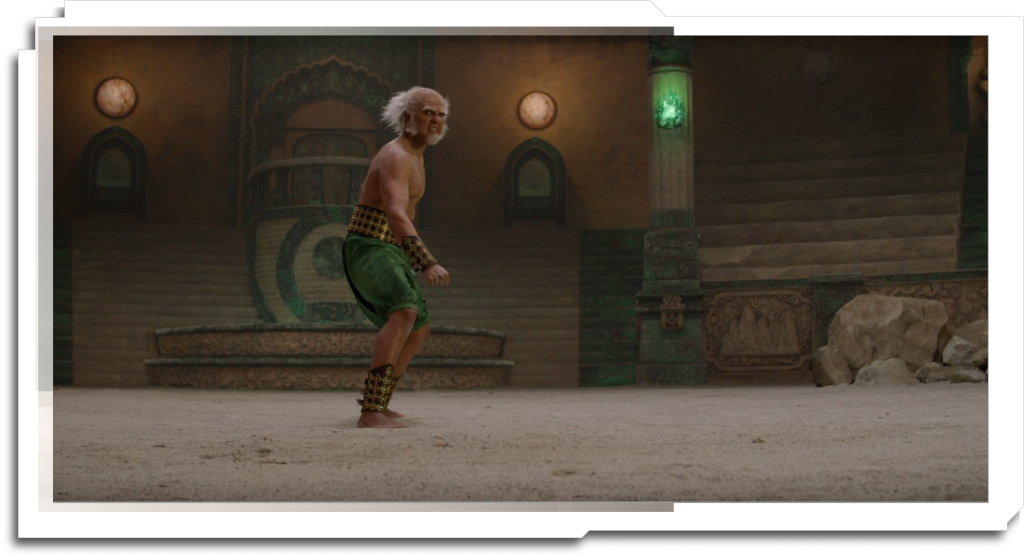

The Omashu Arena environment was a smaller, more contained environment – and it looks like a handful of shots made the final edit without wholesale replacement (though with a lot of FX and destruction work on top from OutpostVFX)

The Omashu throne room was the most successful ICVFX environment – very well suited to the scale and layout of the volume (the biggest in the world at the time). Main build by Dimension, with supervision from myself and Andrew Budyk. Optimisation and additional shader work by Bunker.

I created an animated flowmap shader and the sky for the Roku’s Mountain sequence. Seemed like a small thing at the time, but the same shader has been used on virtually every show since. Augmentation by BigHugFX, but it looks like some of these backgrounds made the final frame.

The ‘burnt forest’ was a fairly successful ICVFX environment (and one that made an early trailer), but was partly replaced in post for story reasons by Nexodus.

As the environments got bigger and more complex (especially in the later episodes), we started to hit the limit of what Unreal 4 was capable of. Both hardware, software and virtual production techniques have improved significantly since the shoot, so if produced today it likely more shots would make it to final. This environment was taken over in post by Image Engine.


Concept paintings to help guide the DNEG build team on the creation of Agna Qel’a
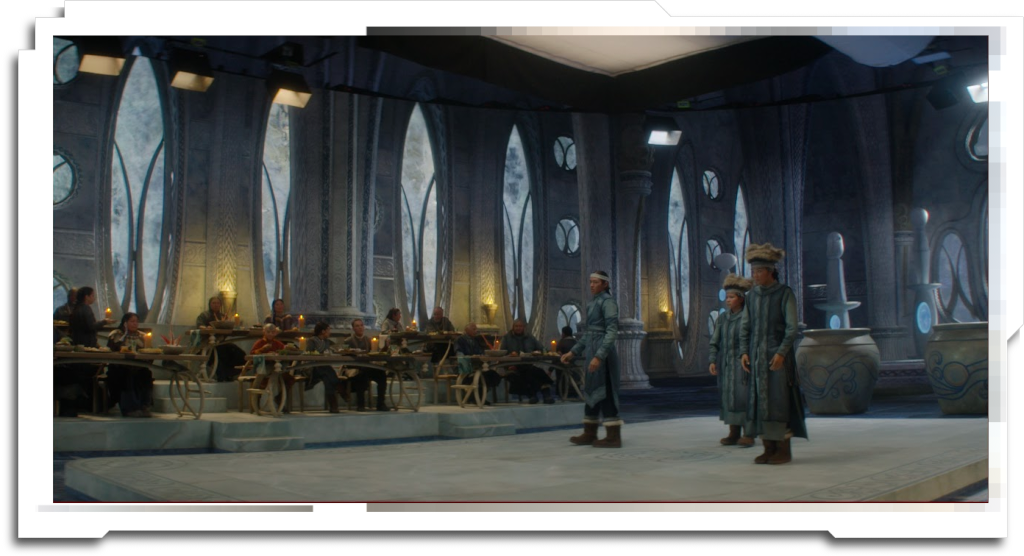
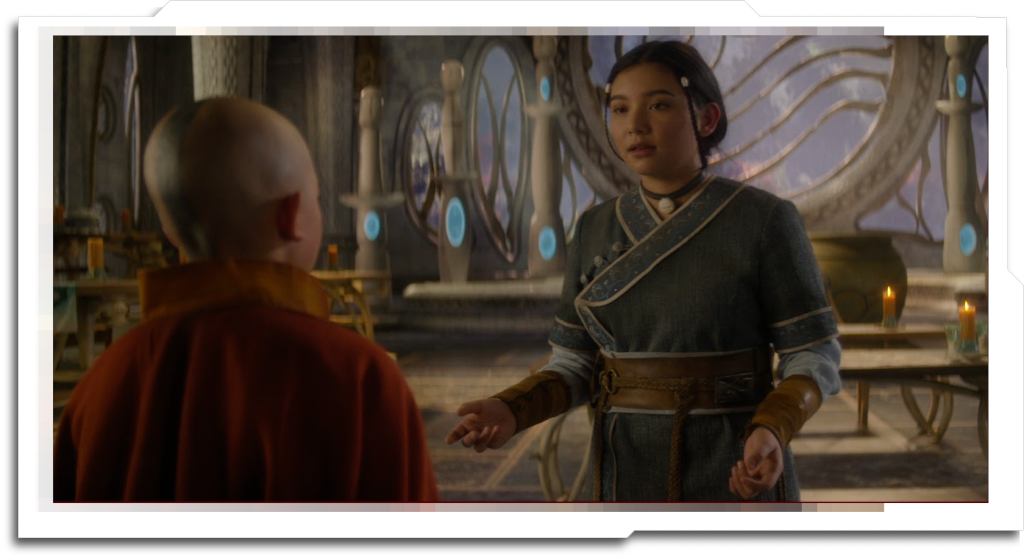
Texture, shading and lighting on Agna Qel’a throne room environment. Supervision by myself and Andrew Budyk, build by Dimension Studios.
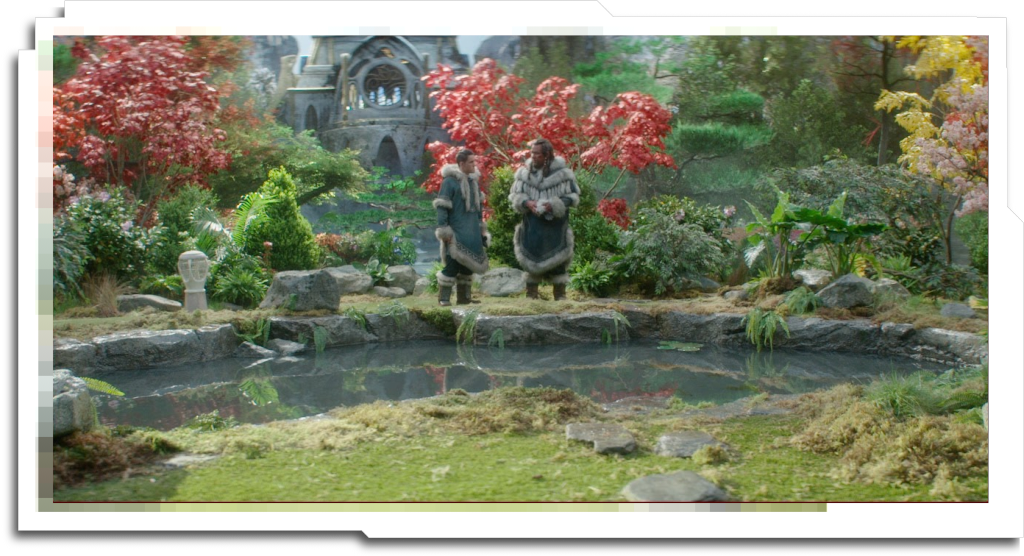

The ‘Spirit Oasis’ environment was an ambitious build for both the practical set, and the virtual background, especially baking lighting for complex vegetation and multiple lighting scenarios. ICVFX build by Dimension studios, taken over by ScanlineVFX for post.

FX development for the Avatar Kuruk sequence – heavily treated in post, but looks to have made it through to final.

Minstrel cave environment – created as an emergency backup when a practical location fell through. Main build by Dimension Studios and Bunker, taken over in post by Untold Studios.
